Andy Warhol understood the American psyche better than most, ushering in a new era of Pop Art that fused high and low culture with singular aplomb. Recognizing that “art is what you can get away with,” Warhol bestowed the aura of art upon the commonplace, subverting Walter Benjamin’s seminal 1935 essay “The Work of Art in the Age of Mechanical Reproduction” with tongue firmly planted in cheek.
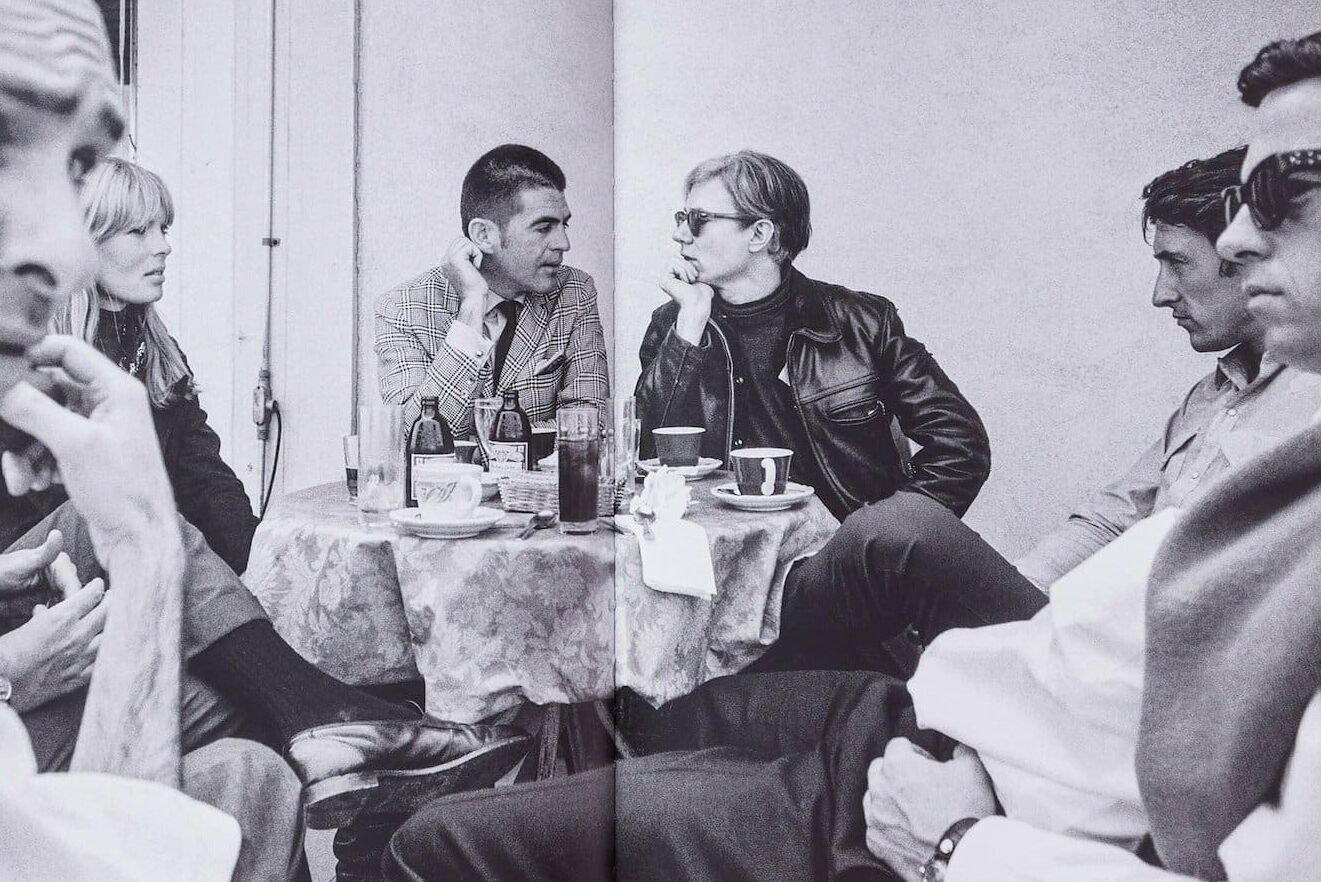
After a successful career as a commercial illustrator in 1950s New York, Warhol began silkscreening photographs of celebrities including Marilyn Monroe, Elizabeth Taylor, and Elvis Presley and household items like Campbell’s Soup cans, Coca-Cola bottles, and Brillo boxes, establishing them as objects worth of veneration in their own right.
Warhol’s fun and flamboyant work was decidedly out of step with the early 1960s art world, which was dominated by hyper-masculine Abstract Expressionist painters. With his trademark blonde wig, sunglasses, and enigmatic utterances, Warhol embraced the effeminate, crafting a chic persona to match his work, allowing him to comfortably stand as queer amid a macho, homophobic scene.
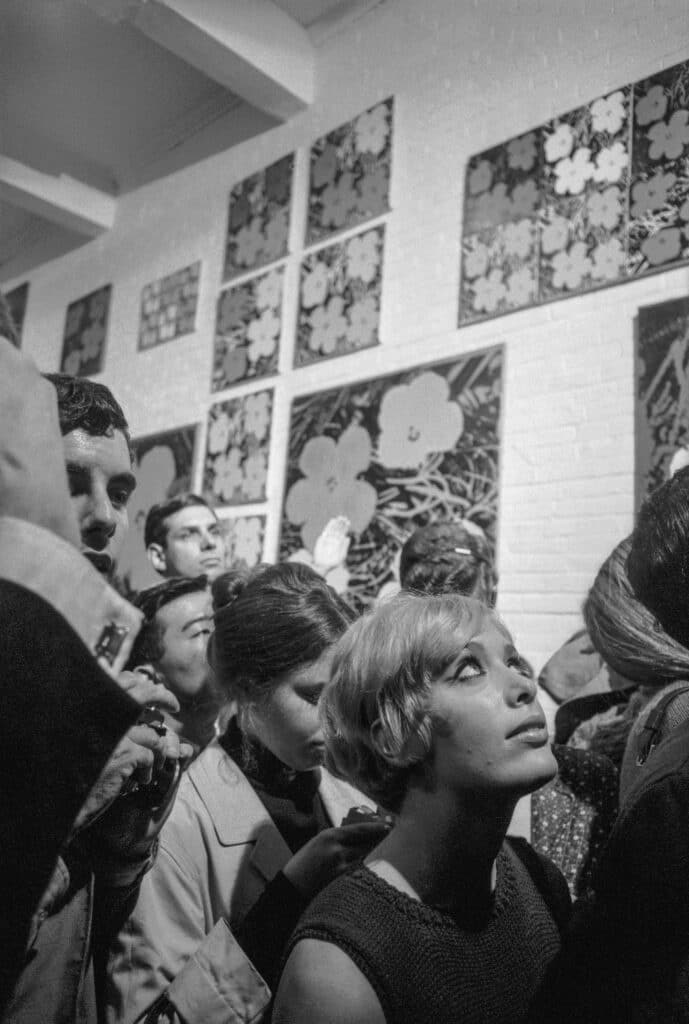
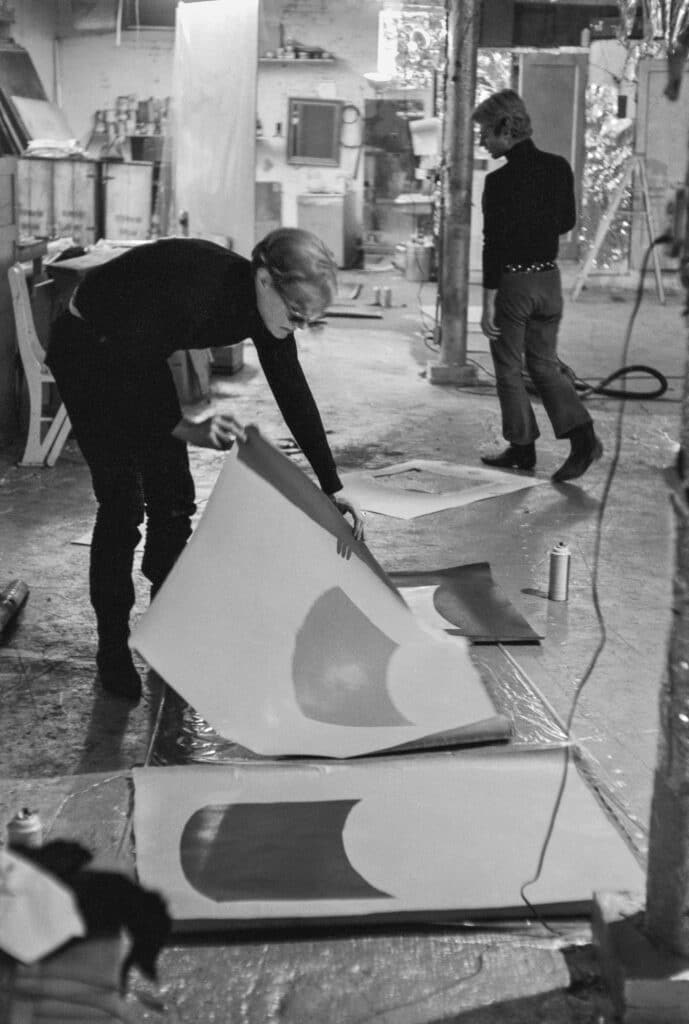
Silver Factory
Blurring the lines between artist and celebrity, Warhol created his own constellation of stars from the comforts of his studio, known as the Factory. The first incarnation, the Silver Factory, got its name from the haphazard assemblage of tin foil, silver paint, and fractured mirrors lining the walls. For those in the know, it was the finest in speed junkie décor. To everyone else, it was pure avant-garde.
But the Factory was more than an art studio; it was a cultural milieu unto itself, bringing together artists, musicians, writers, performers, socialites, and misfits to create a new kind of bohemian cool. Surrounded by an entourage of Superstars, Warhol created art, films, and happenings that regularly made the papers long before most modern artists were household names.
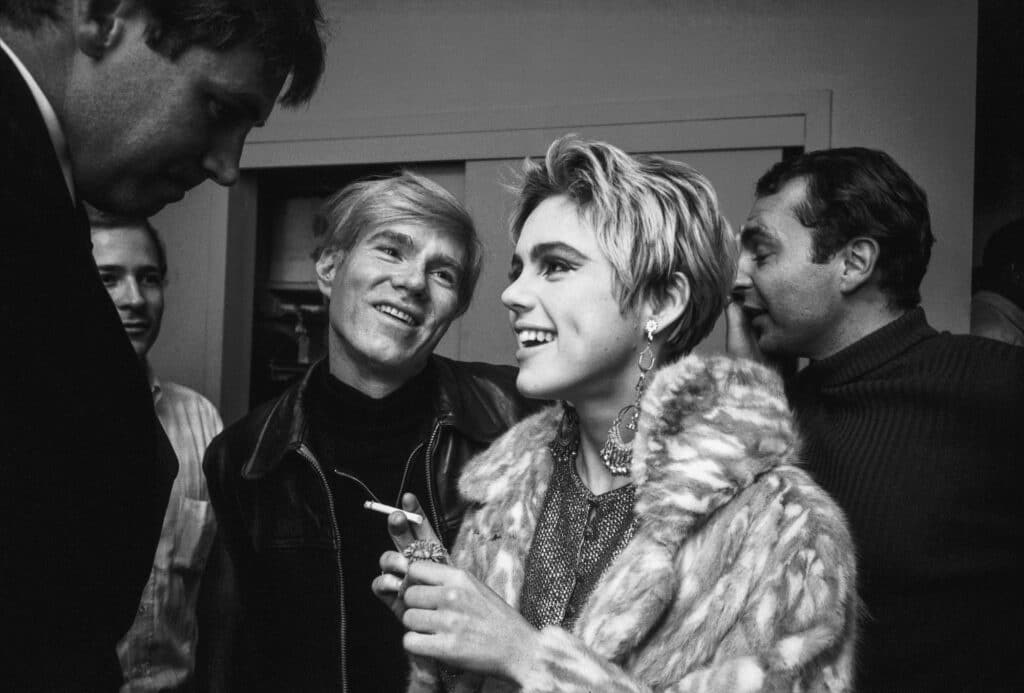
All Tomorrow’s Parties
In the spring of 1965, Andy Warhol, then 37, made headlines when he announced he had quit painting to pursue filmmaking — a bold move from the mastermind behind revolutionary works like Sleep, a five-hour, 20-minute “anti-film” of artist John Giorno asleep, and Blow Job, a short silent film of DeVeren Bookwalter receiving fellatio (off camera) projected at a slowed down speed to heighten the intensity of the moment. But fortune favors the bold, and Warhol’s audacious acts only fueled his mystique.
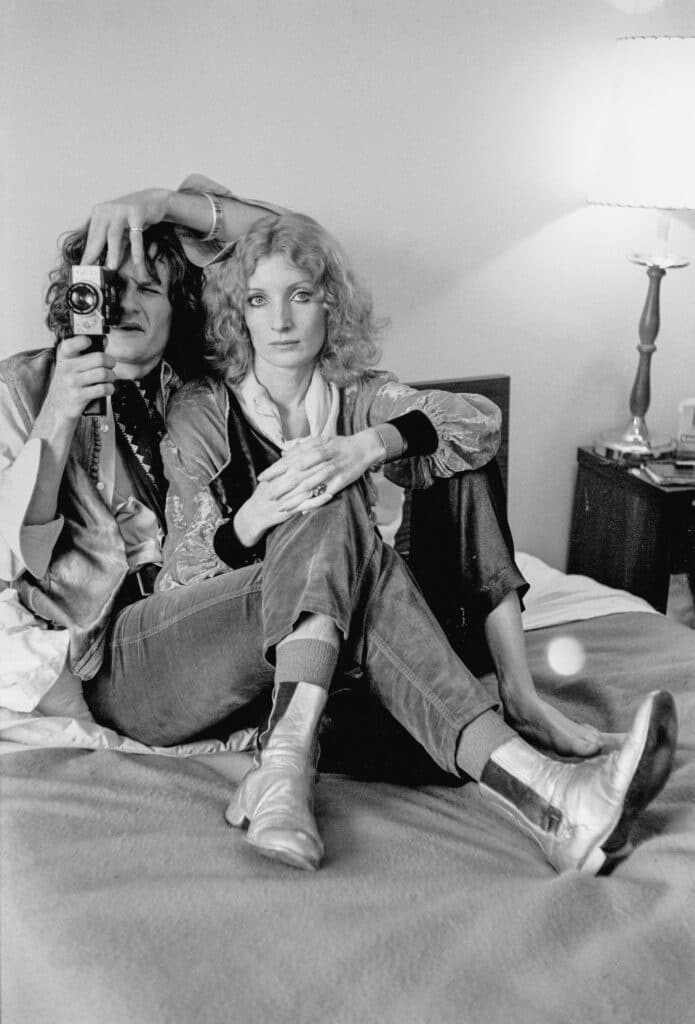
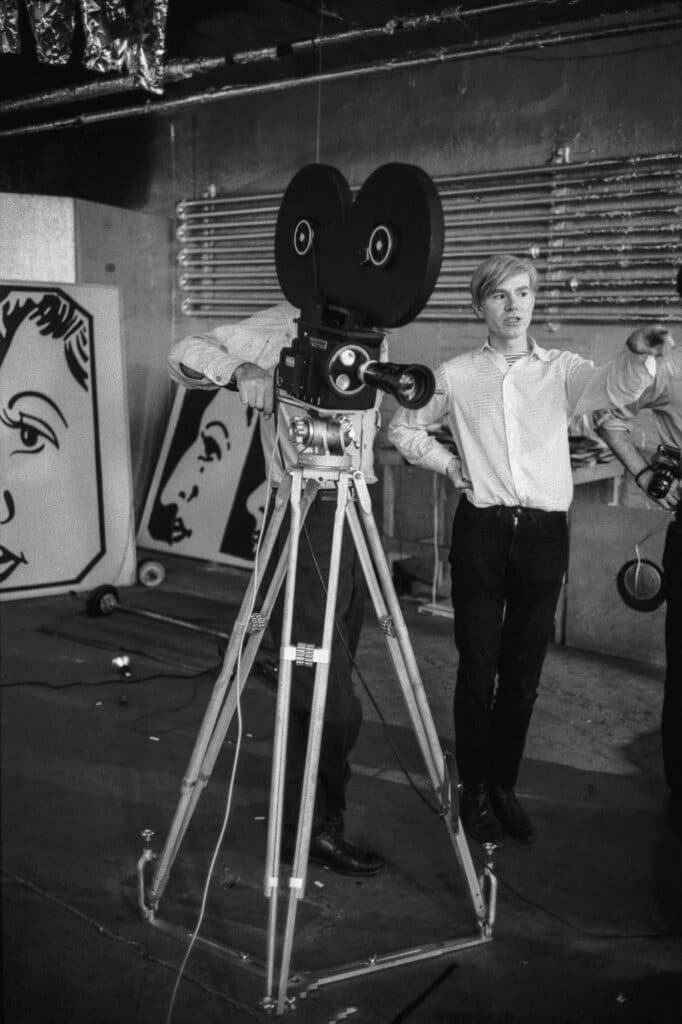
That fall, LIFE magazine commissioned Steve Schapiro (1934-2022) to photograph Factory insider Henry Geldzahler, an influential curator who was one of Warhol’s closest friends and advisers. Understanding the power of photography in the mainstream press, Warhol was a natural, performing for the camera with effortless aplomb and style.
Shy yet charismatic, he invited Schapiro into his world, bringing the photographer to his first museum retrospective at the Institute of Contemporary Art in Philadelphia, then to Los Angeles for the Silver Clouds exhibition at Ferus Gallery and the Velvet Underground show at Trip.
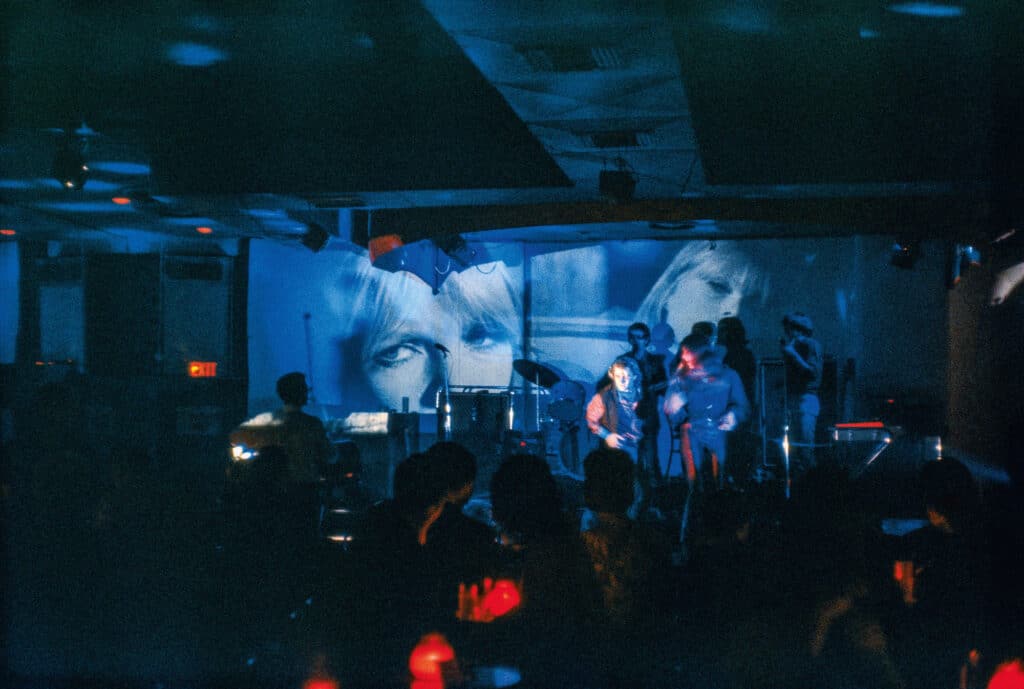
As fate would have it, the story never ran — but over the years Schapiro shared a few of his images of Andy and the gang. Now these photographs are brought together for the first time in the masterful new book, Steve Schapiro. Andy Warhol and Friends, which showcases their work side by side in a revelatory look at the interplay between life and art.
Featuring photographs of Superstars like Edie Sedgwick, Viva, “Baby” Jane Holzer, musicians Nico, Lou Reed, and John Cale, gallerists Leo Castelli and Ivan C. Karp, filmmakers Jack Smith and Paul Morrissey, and artists Ed Ruscha and Roy Lichtenstein, Steve Schapiro. Andy Warhol and Friends brings us back to a transformative moment in counterculture.
I’ll Be Your Mirror
“The Andy Warhol that we love — the guy who made the Campbell’s Soup can and Marilyn paintings that go for $200 million now — was an artist who existed before the Silver Factory. By the time that comes along, he’s done making most of his fine art,” says art critic Blake Gopnik, who contributed an essay to Steve Schapiro. Andy Warhol and Friends.
“When he founds the Silver Factory he just thinks it’s a big art studio, but then his assistants, especially Billy Name, invite their friends, these wild speed-taking demons who party all night long. Warhol discovers them the way he discovered silk screening; they were a new artistic medium that appeared in his loft and he was happy to observe them and turn them into central aspects of his own artistic creation.”
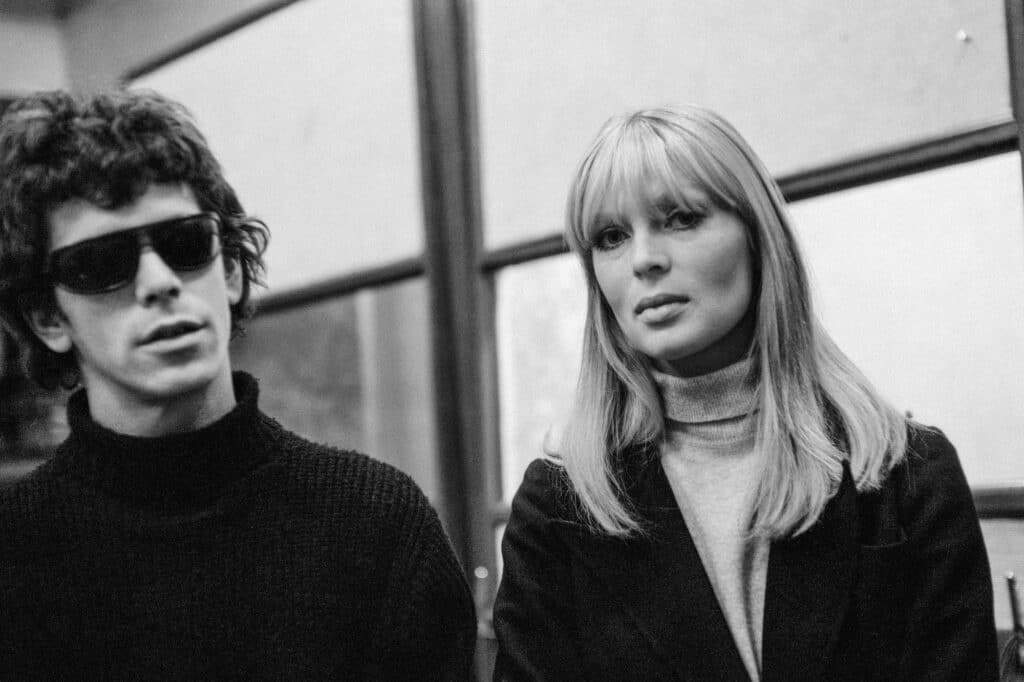
Like Dada artist Marcel Duchamp, Warhol understood the value of the readymade and the power of subverting the familiar to question the status quo. Where Duchamp took a postcard of the Mona Lisa as the vehicle for a new work, Warhol adopted a decidedly American approach.
“Warhol was already one of the most successful commercial illustrators in New York so he knew about spreading word of commodity into the culture through media and he ran with it from the moment he became a Pop artist in 1962,” says Gopnik.
“He got involved with these aspects of American culture and held them up as fine art creations because Andy Warhol, more than anything else, wanted to be a great avant-garde artist. And in 1965 that meant engaging with pop culture — not just talking about it but using it as an art supply.”
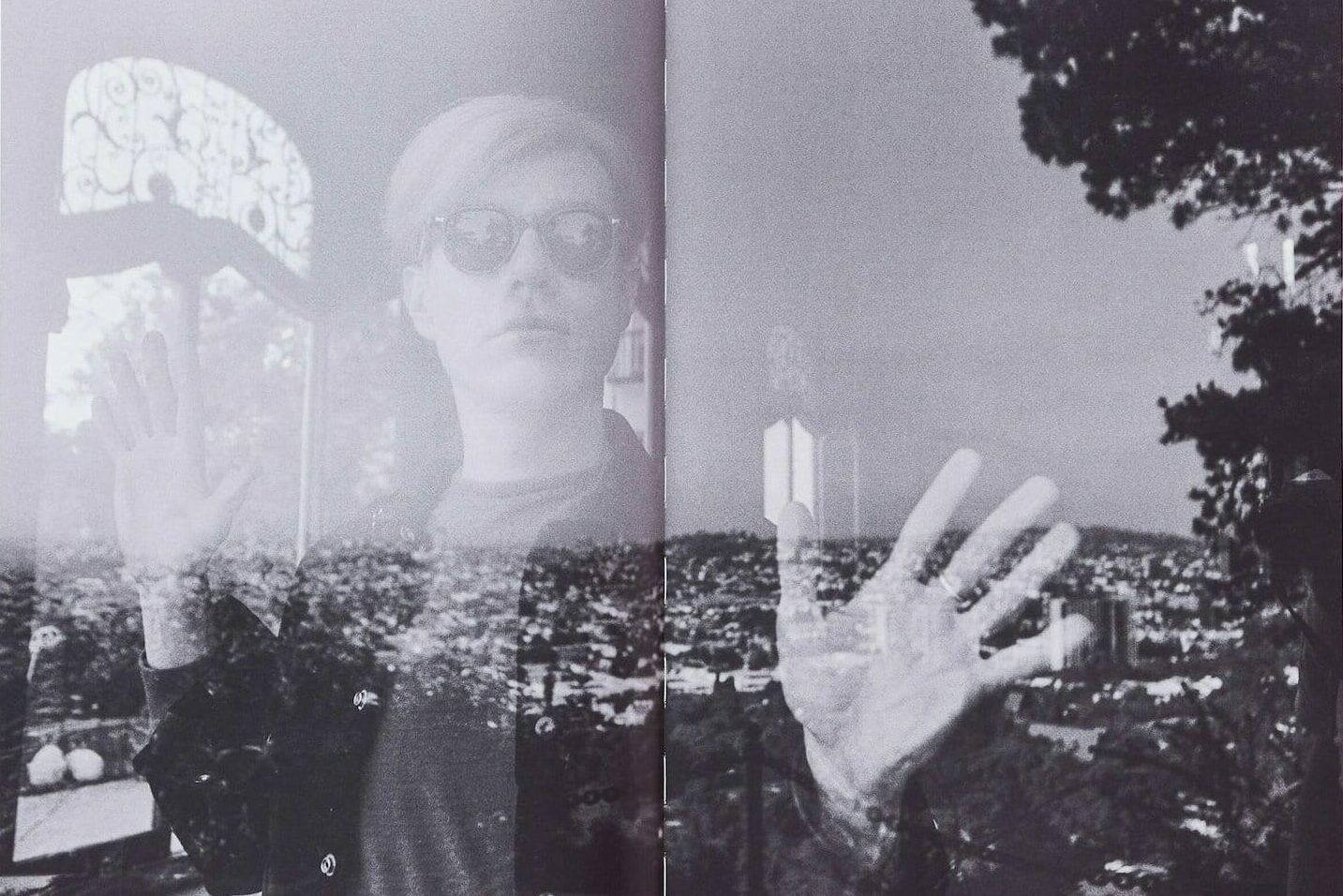
The Medium is the Message
In 1964, Canadian communication theorist Marshall McLuhan coined the phrase “the medium is the message” in his groundbreaking book, Understanding Media: The Extensions of Man. In a world where electronic communication was quickly becoming the dominant form, McLuhan recognized that the characteristics of the medium determine its content — and not the other way around. Whatever media we encounter, be it a photograph, painting, film, magazine, or record album, extends our capabilities while shaping the way we think and engage with the world.
“Marshall McLuhan was a huge fan of Andy Warhol and Warhol was a secret fan of McLuhan,” Blake Gopnik reveals. “Warhol read a great deal and knew the latest in art theory and literary theory. He was aware that media had a new place in the culture and he wanted to deal with it as an art form. It is said that he was the first artist to have a PR agent. He certainly used a clipping service before anyone else. He was already getting coverage like no other artists ever got.”
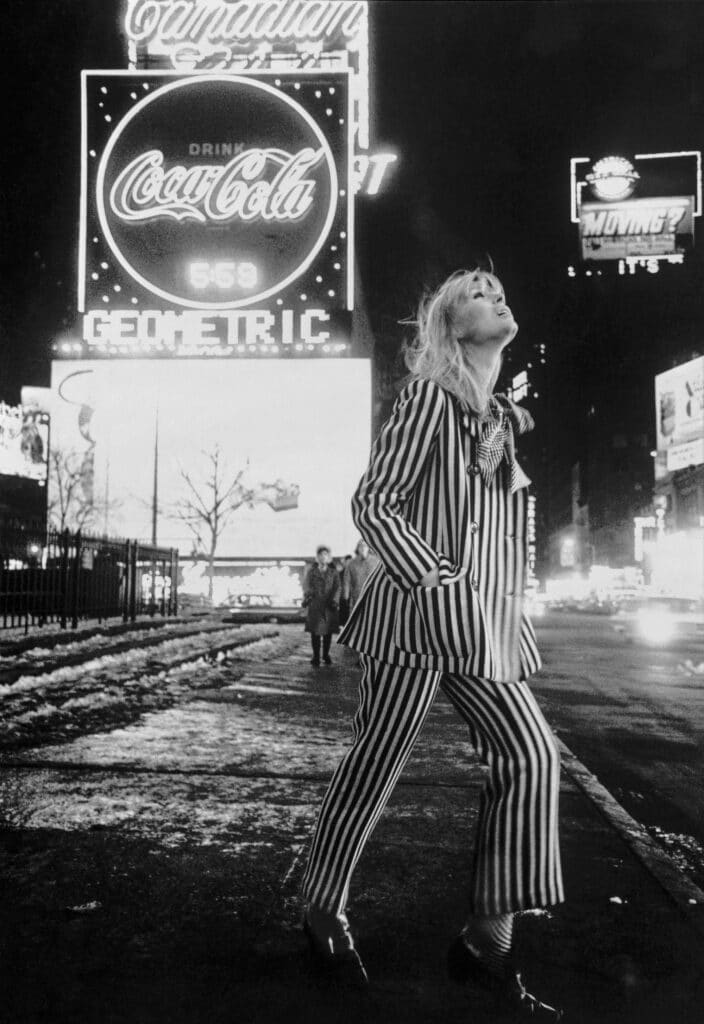
Warhol’s mastery of the media made him something of a prophet, one who was able to control the narrative, harnessing the power of representation and visibility on his own terms.
“He didn’t need Richard Avedon — he needed someone like Steve Schapiro who was a superb photojournalist, who could document him knowingly and accurately, and could understand his project of self-presentation,” Gopnkik says. “Andy is there just at the moment when the counterculture is breaking loose and Steve was there to capture it. You can tell from the contact sheets that Steve was not trying to break through the façade. He was willing to go with it because Warhol was very aware of the camera being there at all times.”
Warhol’s natural artifice was an extension of his larger philosophy, encapsulated by his observation, “I am a deeply superficial person.” Seemingly straightforward, surfaces are far more complex than they seem. This is the very function of art: to show us there is more than meets the eye if we are willing to stop and look.
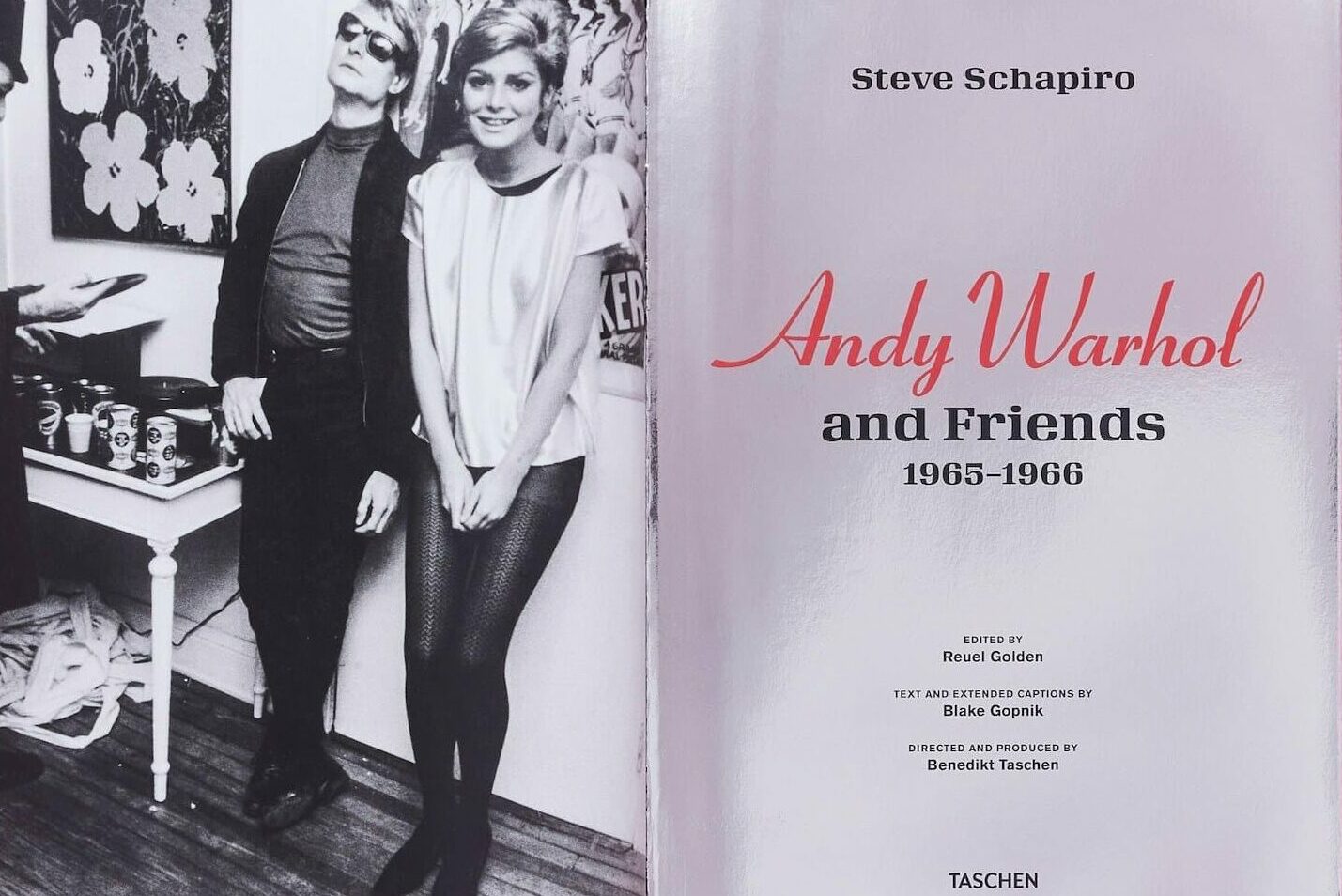
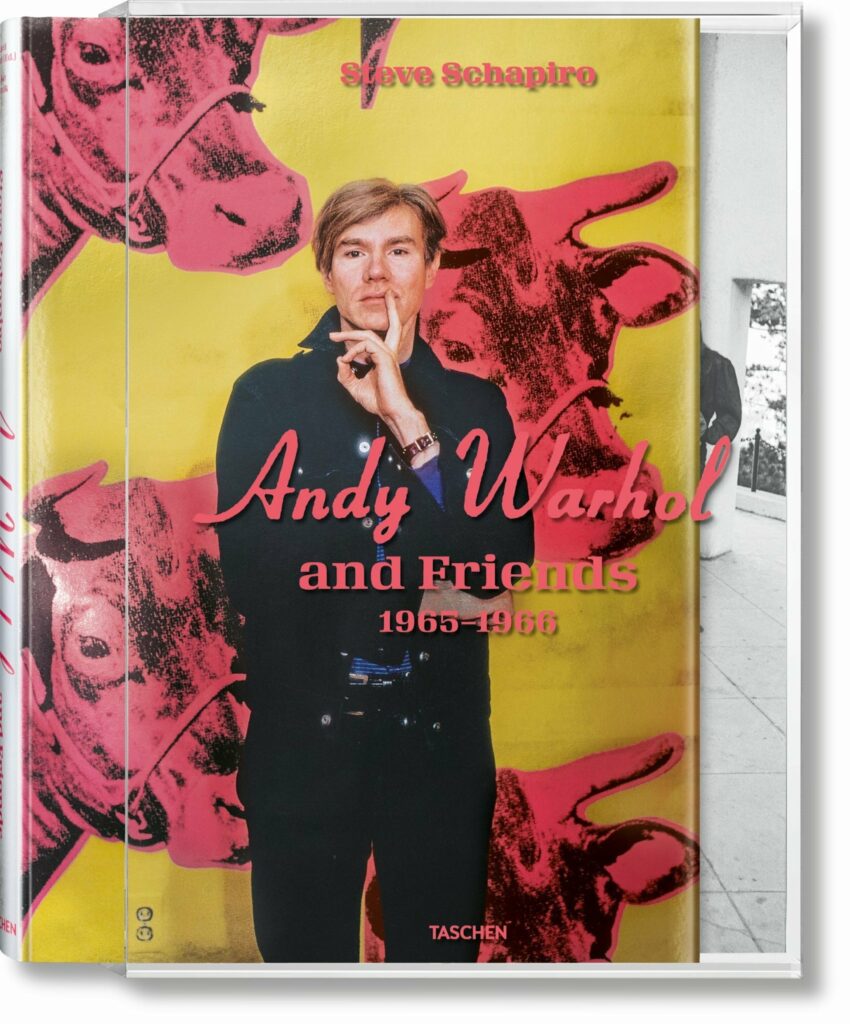
Steve Schapiro. Andy Warhol and Friends is published by TASCHEN, XL Edition, $1000.


